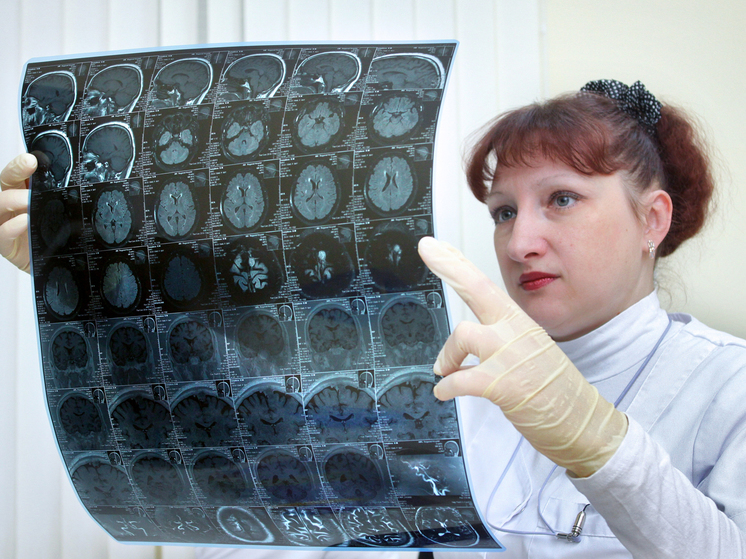Uncontrollable but predictable facial flushing may occur when a person is made to feel humiliated, ashamed or embarrassed
New research suggests that the main cause of flushing is rather a heightened sense of self-awareness or a sense of being that a person is looked at or shown off by his actions, rather than by some cognitive calculation of what people think about others.

Thanks to a group of 40 teenagers and 20-year-old girls who watched a video of themselves singing karaoke while lying in a magnetic resonance imaging machine, scientists were able to conclude that “shameful redness” on the cheeks is not always due to shame.
Back in 1872, Charles Darwin described blushing as “the most peculiar and the most human of all manifestations.” The physiological reaction of the body is explained quite simply: a rush of blood to the face leads to redness of the cheeks, and sometimes also the ears, neck, upper chest and forehead.
But scientists have been looking for an answer to the question of why a person blushes for many years. Is it shame or embarrassment over a blunder, or what might be a reaction to a compliment, or a feeling of being exposed?
Past research has shown that blushing may be more intense on one side of the face compared to the other if someone is looking at the person from the side while singing.
“While fear pallor is understandable in terms of redirecting blood flow from the skin to skeletal muscle, it is less obvious why embarrassment over certain social difficulties should be accompanied by increased blood flow to the facial area,” explained psychologist Ray Crozier.
In a new study, Dutch psychologist Milica Nikolic tried to answer questions about blushing by scanning the brains of people who were shown footage of themselves or others singing.
Nikolic and his colleagues found that the female volunteers' cheeks became redder when they watched themselves and others sing.
The results of functional magnetic resonance imaging of the brain were more revealing. They showed that blushing activated areas of the brain associated with emotional arousal and attention, while areas associated with mentalizing—that is, imagining or thinking about your own or someone else's behavior, thoughts, or intentions—were «noticeably absent.» /p>
“These results contribute to the ongoing theoretical debate about the nature of blushing and support the idea that higher-order social-cognitive processes may not be necessary for blushing to occur,” Nikolic and colleagues conclude.
However, the team emphasizes that their results should be “interpreted with due caution” because patterns of brain activity associated with mental processes “as complex and widespread as arousal, attention and mentalization” are not entirely different across scans.




















































Свежие комментарии